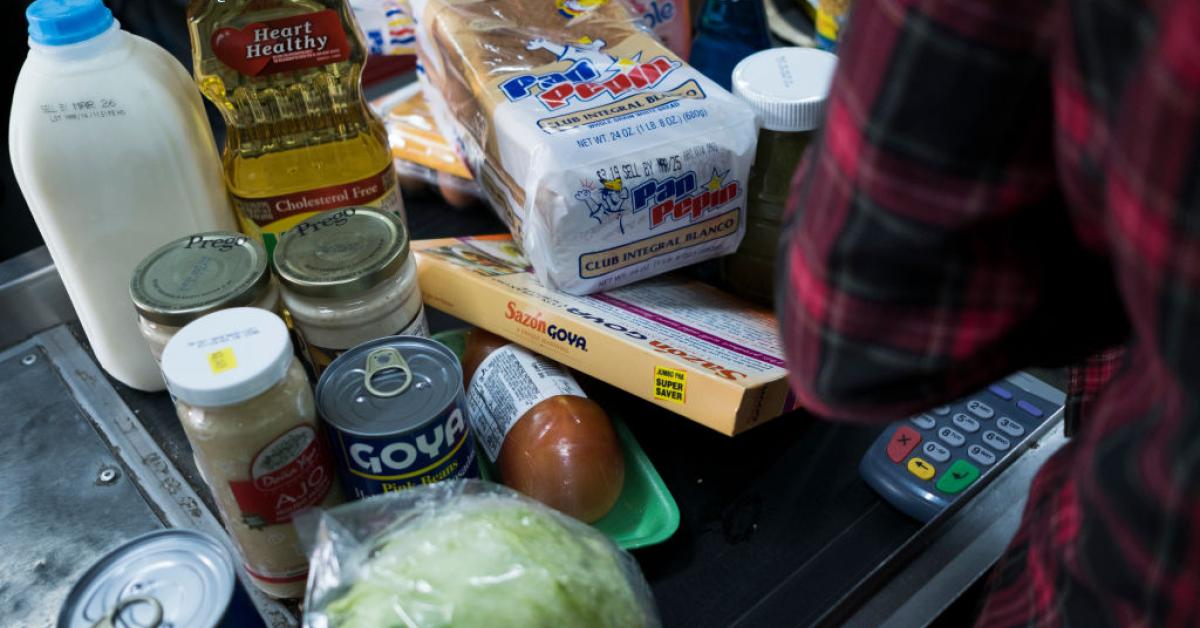The cost of food stamps rose 5.3% to $7.5 billion in August, the highest amount since March, when federal pandemic assistance ended.
The cost of the Supplemental Nutrition Assistance Program, formerly known as food stamps, had been declining. The federal SNAP program costs rose from $11.01 billion in December 2022 to $7.14 billion in July 2023 as states ended emergency benefits established during the COVID-19 pandemic.
The US Department of Agriculture said the August data was preliminary, but the increase may be due to disaster benefits offered by states.
The number of people on food stamps nationally increased from 41.3 million in July to 41.8 million in August.
A SNAP spokeswoman said in an email to The Center Square that there are three types of disaster benefits that could affect SNAP benefit amounts from month to month.
SNAP offers “early issuance” benefits that allow SNAP households to prepare for a natural disaster by receiving their benefits earlier than usual.
SNAP also provides replacement benefits for regular food stamp recipients who have lost food during a disaster. The food assistance program can also provide temporary benefits to people who suddenly need help due to a disaster.
For example, the state of Michigan in August approved replacement food assistance for residents affected by a storm that knocked out power in a 10-county area of southeastern Michigan.
The replacement amount for food lost during the outage was equal to up to one month of food assistance benefits. The average person on food stamps nationally received $180 a month in August.
